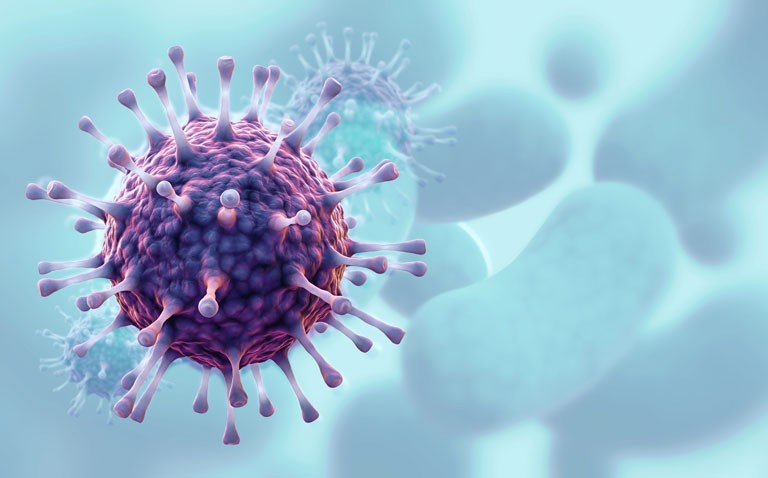The Real-time Assessment of Community Transmission-1 (REACT-1) study was launched in 2020 and uses home testing to improve our understanding of how the COVID-19 pandemic is progressing across England.
The study employs two methods of identifying the community prevalence of COVID-19; antigen testing obtained via self-swab testing and lateral flow tests using blood samples, to detect for COVID-19 antibodies. Thus REACT-1 is in effect, a surveillance program to help track patterns of the epidemic which could not easily be achieved based solely on either routine testing, hospitalisations or deaths. The details of the most recent self-reported swab testing results (round 11) cover the period from the middle of April 2021 to the beginning of May 2021. A further analysis of REACT-1 involved genomic testing of a sample of positive swabs to determine the most prevalent circulating COVID-19 variant.
Findings
Based on a sample of 127,408 random swab tests, 115 were found to be positive, giving a weighted prevalence of 0.10% (95% CI 0.08 – 0.13%). For comparative purposes, the first samples for the REACT-1 study were obtained between May and June 2020 and with a sample of 120,620 swabs, identified 159 positives, giving a weighted prevalence of 0.16%. Moreover, when compared with round 10 (March – 30 April 2021), when the weighted prevalence was 0.20%, cases have reduced by 50%. A large reduction was seen in those aged 55 to 64, where the prevalence dropped from 0.17% to 0.06% between rounds 10 and 11. In contrast, the prevalence among those aged 25 – 34 years had increased slightly (0.21% vs 0.18%, round 11 vs round 10). Furthermore, there was also a slight increase among those of Asian ethnicity, rising from 0.27% to 0.31% (round 10 vs round 11). In fact, the authors calculated that compared to those of white ethnicity, the odds of testing positive for someone of Asian ethnicity was 1.88 (95% CI 0.95 – 3.74). Genomic analysis of 26 of the 115 positive swabs revealed that the most common variant (92.3%) was B.1.1.7, the variant first identified in the UK, with the remaining samples comprising the B.1.617.2 (the Indian variant).
The authors were encouraged that the data indicated a 50% reduction in positive swabs compared to round 10 with a significant decrease among those aged 55 to 64 years, probably reflecting increased rates of vaccination. However, the slight uptick in rates among 25–34-year-olds was likely due to greater contact as restrictions eased. With an increase observed in those of Asian ethnicity, the data suggests that the virus continues to spread within this community.
Citation
Riley S et al. REACT-1 round 11 report: low prevalence of SARS-CoV-2 infection in the community prior to the third step of the English roadmap out of lockdown.









